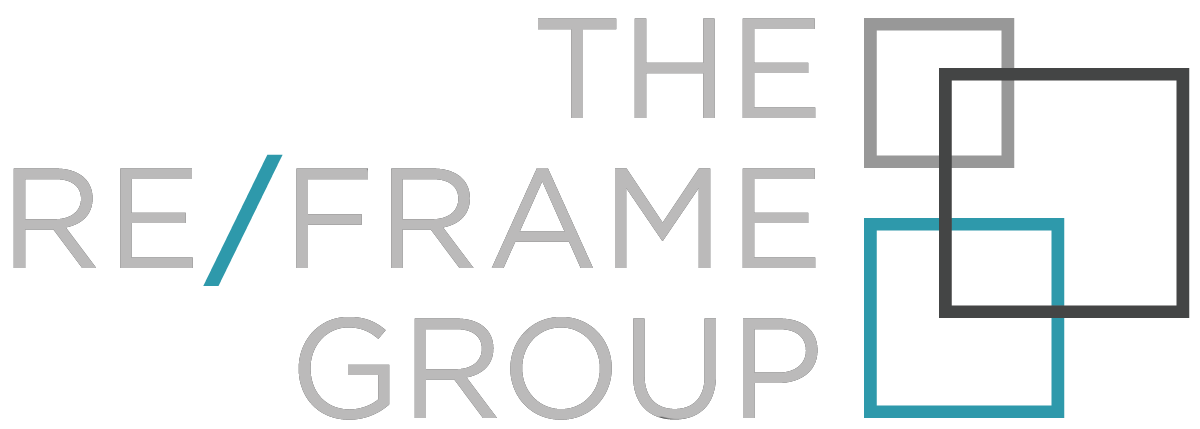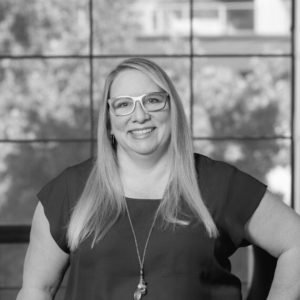
Leeann Froese
How do you define culture at the highest level?
Would that definition change when we are talking about an organization? If so, how?
Editor’s note: Sticking to your values and ‘living’ them brings culture to life.
If you could create the ideal organizational culture with no restrictions like cost what are the first three things that come to mind for you?
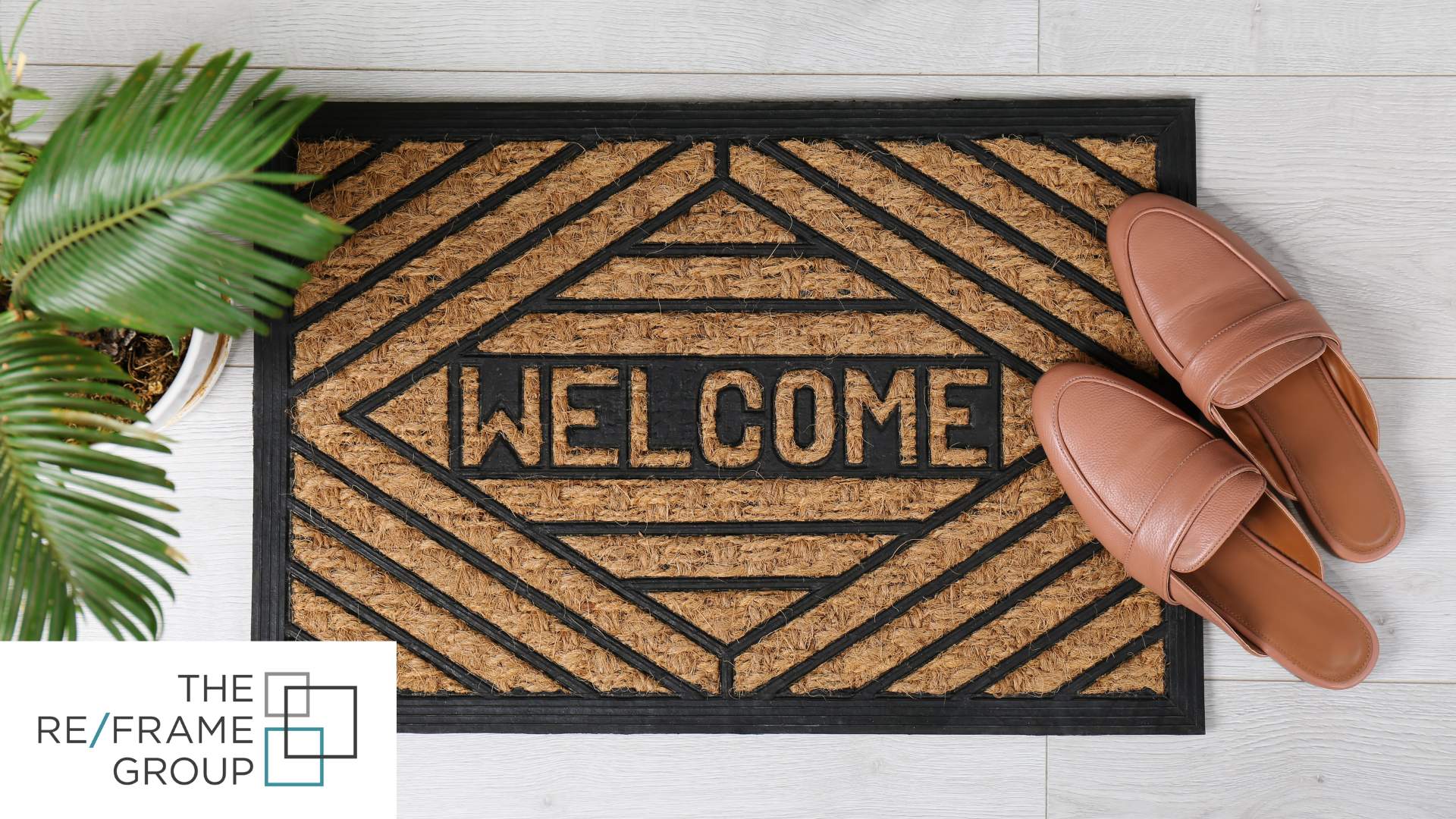
Welcome – A welcoming attitude to all. Openness and inclusivity. This welcome is both an attitude and a big wonderful physical space. People would arrive and have a concierge-like arrival experience. I want everyone who comes to Town Hall Brands to have the same feeling you get from a hug. A welcoming foyer and area and all the trappings of comfort: are you comfortable? Can we get you something to drink or eat?
Collaboration – We love collaborating with internal and external partners. Collaboration is the founding principle and the reason we called our company Town Hall. Before anything important happens, you have your “town hall meeting”. Then we set at determining how we will move forward. Who is going to work with a client or partner? How will we collaborate with them to help them meet their goals? Who are the people we need to collaborate with? Who will lead the project?
Support – Supporting each employee and fostering a supportive team environment. No one is left to float on their own. We have a team for a reason. Team members can be called upon to bound ideas from, for support, or to ensure that collaboration happens.
What are the first three things that come to mind when you think of poor organizational culture?
- A lack of emotional intelligence among leadership.
- An unwillingness to listen to the ideas of others means missed opportunities.
- Working in silos. No person or department is an island.
What are the most effective things you do to translate the organizational vision for the team?
What really works is that everybody becomes invested in that project and everybody wants it to win. We have this shared culture of wanting to do our very best for the clients that work with us. The shared ownership in success is really what we’re hoping to bring to life.
You build culture outside your organization with your industry’s community. What do you do to develop that external culture while keeping your organization’s values in mind?
Over the span of my career, both here at Town Hall Brands and before that I learned that I like to, and I know this sounds kind of bad, but I don’t know how else to say it, I like to ‘collect people’ from every walk of life. I want to know people that do all kinds of different things. The result of that is that I know who will be great to connect. I believe I’ve been put on the earth to connect people. I do this to make a community of people who want to connect.
Editor’s Note: ‘People Collector’ is commonly used to describe highly networked individuals. People collectors usually do this to learn more, connect with others, and meet more diverse people.
This type of matchmaking is about complementary personalities and mutual benefit, not romance. The intention is to grow relationships and grow the network. It’s not about growing the network for self-promotion; it’s about building a community of people that can all connect.
Editor’s Note: I have personally experienced Leeann’s connector status and have greatly appreciated the thoughtful connections she has enabled.
What are the most effective ways you have found to build external community? Tell us a story or two about your success.
In the case of the BC Hospitality Foundation, we worked to bring together people from all different levels and areas of hospitality because people that work in hotels might not talk with the people that work in a bar across town or a restaurant, but they have the same need: to serve people. If someone in the industry has a medical issue where they would need funding, hospitality workers have a shared desire to support their professional peers. That is why we started the BC Hospitality Foundation.
We were able to successfully build the organization because everyone involved shared the vision and understood the purpose of the group: looking after people. The foundation is now a fully functioning charity and has become a success story for the whole hospitality community. The foundation’s core mission is to raise funds to support those in the hospitality industry facing a fiscal crisis due to a health condition and has since expanded to include scholarship programs to foster the development of the next generation of workers and industry leaders. In this example, we effectively built community by focusing on our shared values and then using those values to drive our shared mission.

When I became the ambassador for #Winelover, I wanted to get more people in Canada to know what #Winelover is. I had to seek out people who understood that their little role here in British Columbia and Canada could be part of something bigger. I went around town (and the province) with these little one-inch pins that said “#Winelover” on them. I used those pins to ‘deputize’ people and bring them in. I am working to build the #Winelover community here in Canada and connect them to the community at large. We now have a community of about 30,000 people in a Facebook group where I am a moderator.
I have learned that building community around an area where people share a passion is a key to long-term success. Great communities are born out of shared values and a desire to reach the same goal. Building community takes time and effort. Whether the goal is enjoying a great bottle of wine or raising money for peers with medical needs, orienting your community around a shared mission that brings people together is vital to success.
What has been the most surprisingly ineffective tactic for building community?
Just because you say/think something will be a success, doesn’t mean it will be. A build it and they will come mentality is not so surprisingly ineffective. You need to connect with people and bring them into whatever it is you’re doing to allow them to share the experience with you and build out a culture.
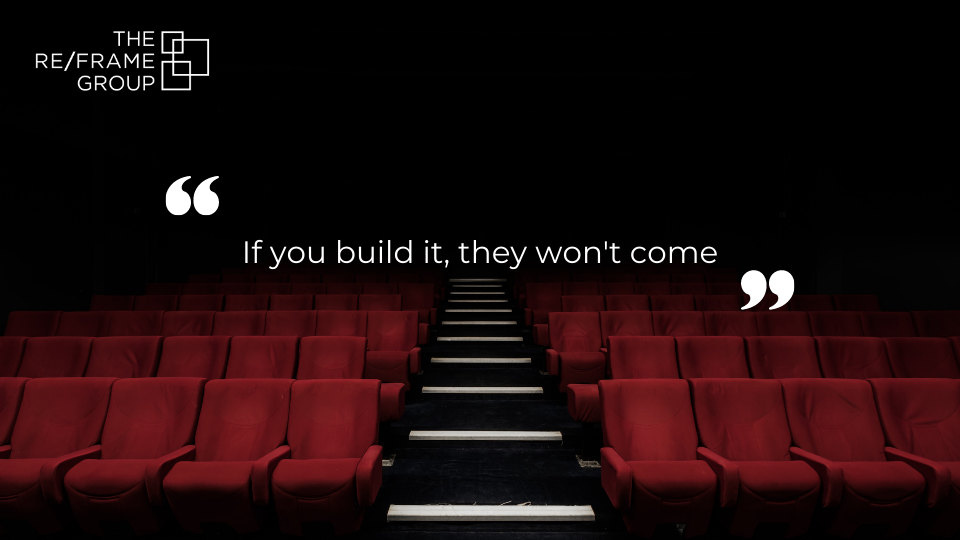
Sometimes organizational culture isn’t a good fit between employees and companies. What advice would you give others to help them figure that out for themselves?
We need to try to uncover if there are shared values between the organization and the prospective employee. If there’s going to be a misalignment on values, it will create challenges down the road. In our case, a new team member is coming into an open office space and if it’s not a fit it becomes apparent very quickly. We don’t want anyone to feel uncomfortable or isolated. I’ve worked with wonderful people in the past, and it wasn’t a fit and that’s okay.
From an employee’s point of view, it depends on their career and where they are in it. Asking the questions of the employer about meetings, expectations, flexibility, and reporting are areas where culture will be revealed in the answers.
Tell me a story about dealing with a hire that wasn’t a culture fit.
In the past, I had someone who came from a very corporate background and then they came to us, and it was clear within a couple of months that they would rather be somewhere much more corporate than what we offered with more hierarchy, more structure, and more official practices. Where our team meetings are “rolling it in” they would probably prefer to book a boardroom and do things a lot more formally.
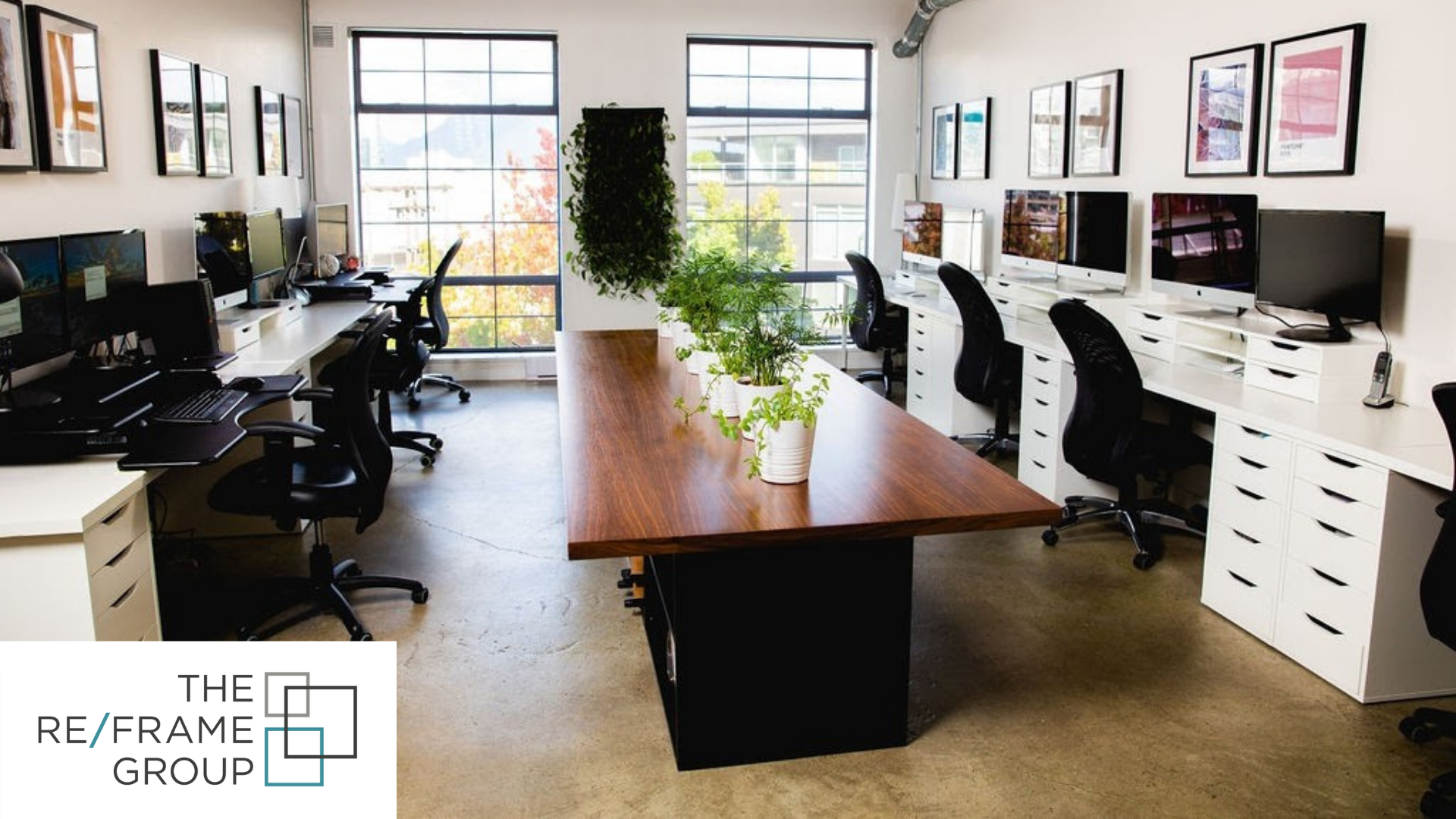
Then we have to deal with it by having those difficult conversations with that employee about how we behave, and we don’t want to force you to be a different person, but here are some things we suggest to make you more comfortable and, what do you need from us? Ultimately, we work in a one-room office, so it’s going to work or it’s not going to work. In this case, that skilled and awesome person moved on. Now they’re back in the corporate world again. They do amazing work. When you have a conflict in culture it’s important as the employer to help that employee (and yourself) to understand that it’s not about you as humans, it’s about the fit for them and where they’re working. As an employer, you don’t want to surround yourself with a team that you’re not going to fit in with. So, it can go both ways.
Tell us a story about being a more junior team member where you had an experience with bad culture?
When I was 15, I had a job washing dishes in a hotel and I was sexually harassed. I wasn’t being treated appropriately and I didn’t know enough at 15 to speak up for myself. That was likely my worst workplace experience. What I learned from that was what I don’t want. Now we’re in this era of #metoo. If I’d known about #metoo when I was 15, it would’ve been a totally different situation.
I think another thing that I have learned is that it can be easy at some organizations to get out of [work-life] balance. I want my team to be themselves and have their own time when they leave work. Flexibility and balance as an employer are very key for me as I have experienced that in a bad way in the past.
Tell us a story about being a more junior team member where you had an experience with good culture?
Tell us a story about being a more senior team member where you had an experience with good culture?
Thank you Leeann for sharing her expertise and experience building culture in her agency and with larger external communities.
